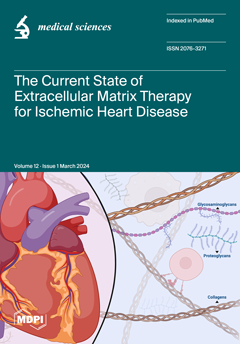Background and Objectives: The implications of the genetic component in the initiation and development of chronic lymphoproliferative disorders have been the subject of intense research efforts. Some of the most important genes involved in the occurrence and evolution of these pathologies are the HLA genes. The aim of this study is to analyze, for the first time, possible associations between chronic lymphoproliferative diseases and certain HLA alleles in the Romanian population. Materials and Methods: This study included 38 patients with chronic lymphoproliferative disorders, diagnosed between 2021 and 2022 at Fundeni Clinical Institute, Bucharest, Romania, and 50 healthy controls. HLA class I and class II genes (HLA-A/B/C, HLA-DQB1/DPB1/DRB1) were investigated by doing high resolution genotyping using sequence specific primers (SSP). Results: Several HLA alleles were strongly associated with chronic lymphoproliferative disorders. The most important finding was that the HLA-C*02:02 (
p = 0.002, OR = 1.101), and HLA-C*12:02 (
p = 0.002, OR = 1.101) have a predisposing role in the development of chronic lymphoproliferative disorders. Moreover, we identified that HLA-A*11:01 (
p = 0.01, OR = 0.16), HLA-B*35:02 (
p = 0.037, OR = 0.94), HLA-B*81:01 (
p = 0.037, OR = 0.94), HLA-C*07:02 (
p = 0.036, OR = 0.34), HLA-DRB1*11:01 (
p = 0.021, OR = 0.19), and HLA-DRB1*13:02 (
p = 0.037, OR = 0.94), alleles have protective roles. Conclusions: Our study indicates that HLA-C*02:02 and HLA-C*12:02 are positively associated with chronic lymphoproliferative disorders for our Romanian patients while HLA-DRB1*11:01, HLA-DRB1*13:02, and HLA-B*35:02 alleles have a protective role against these diseases.
Full article






